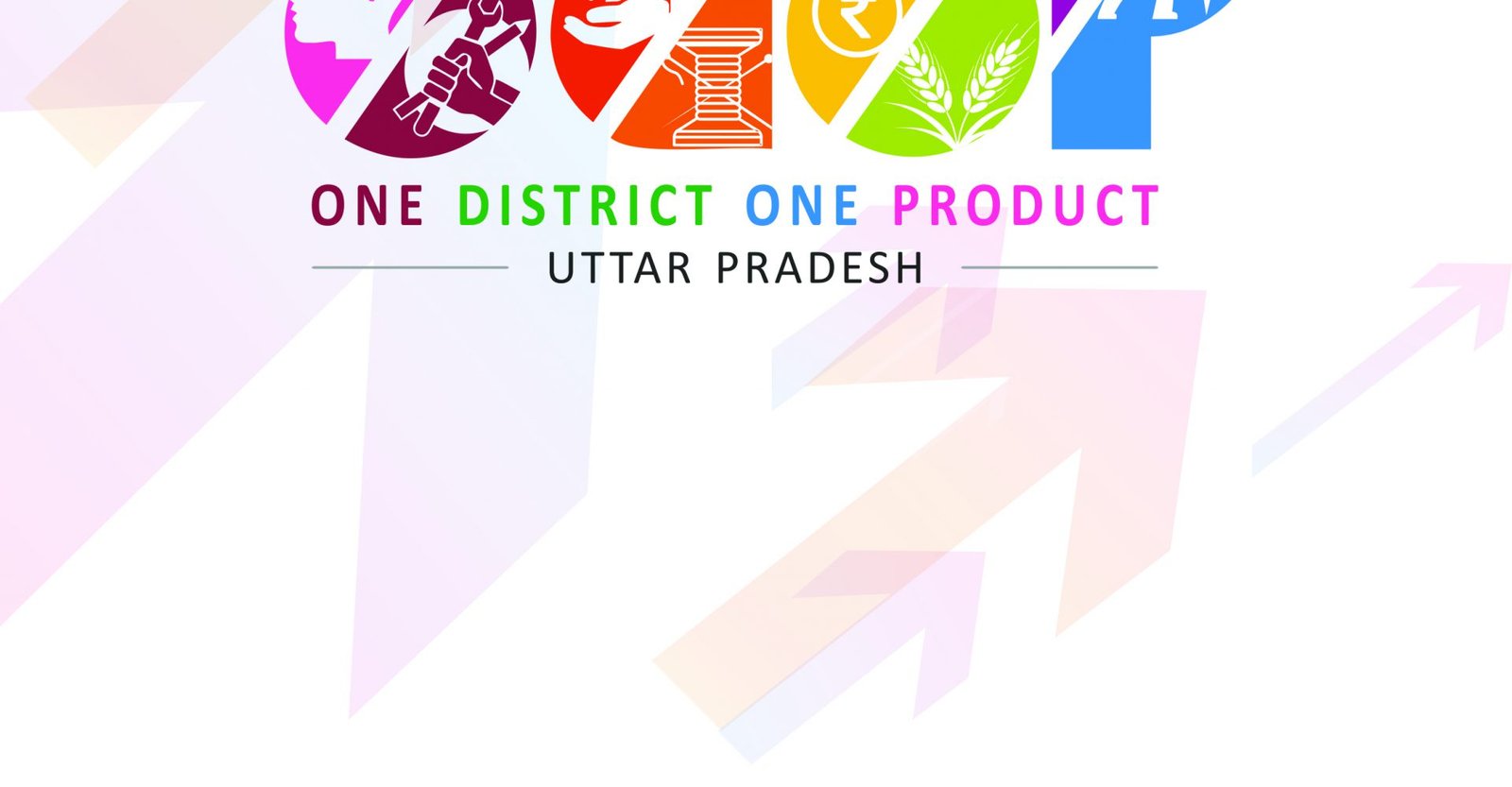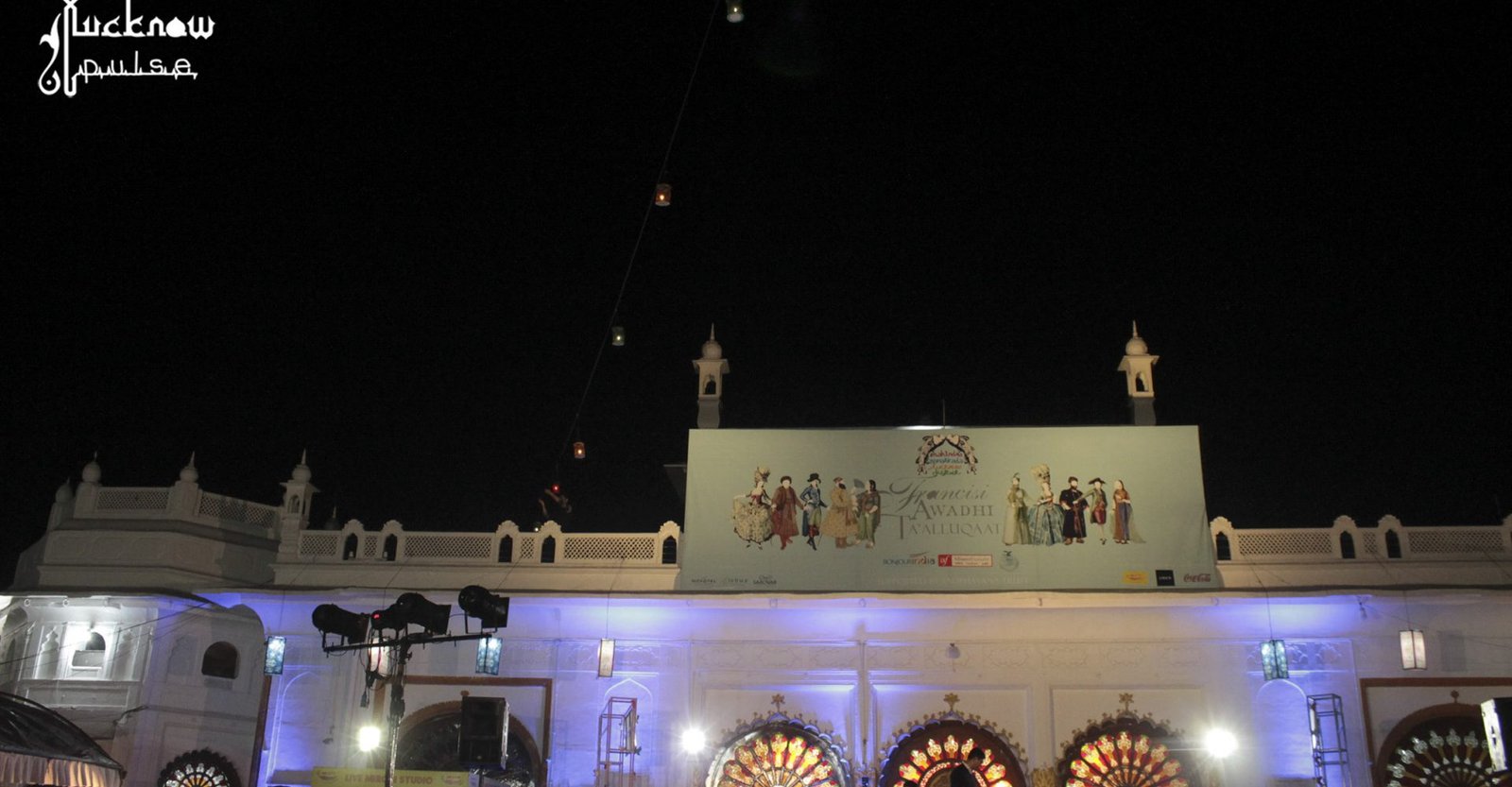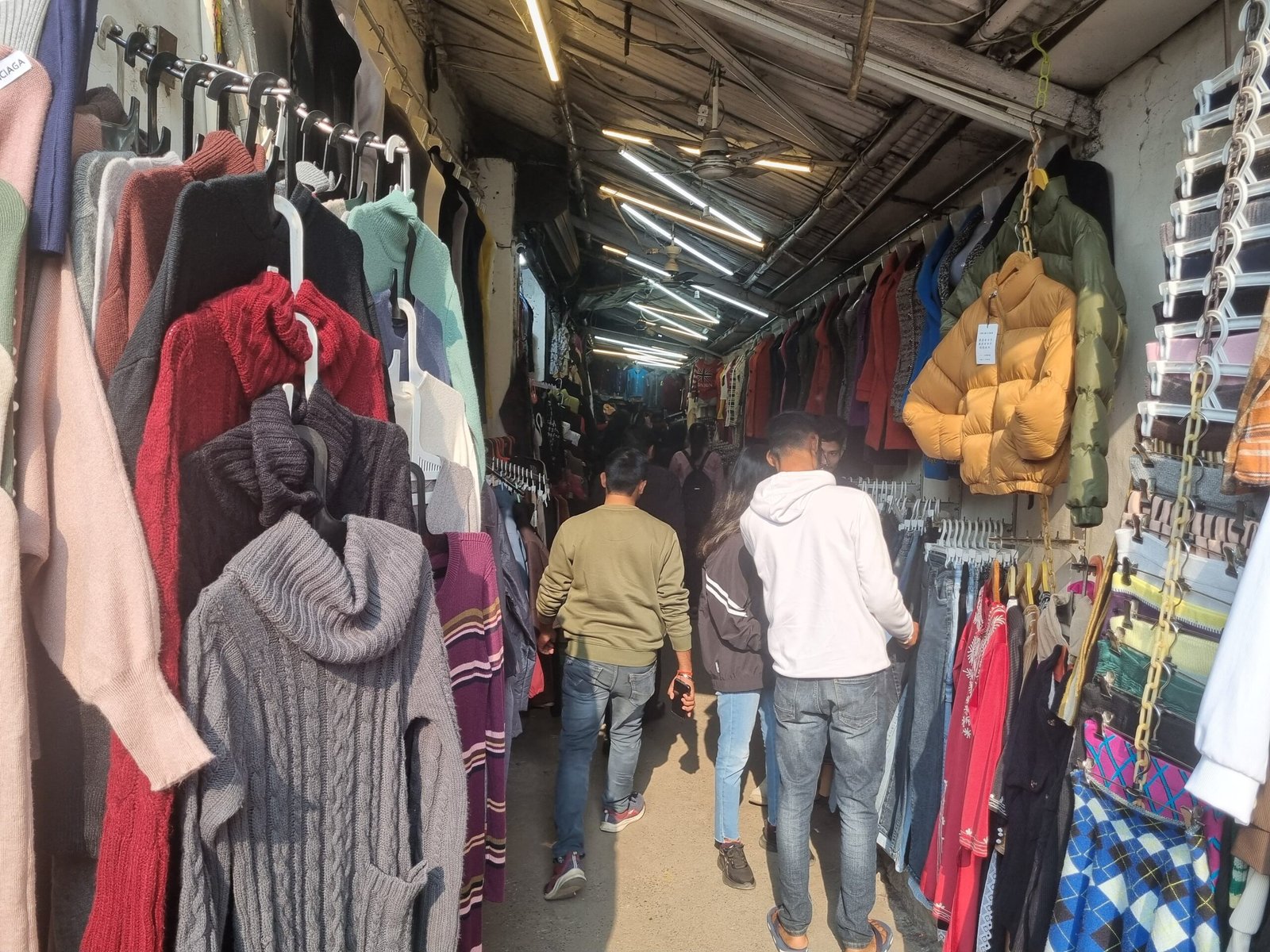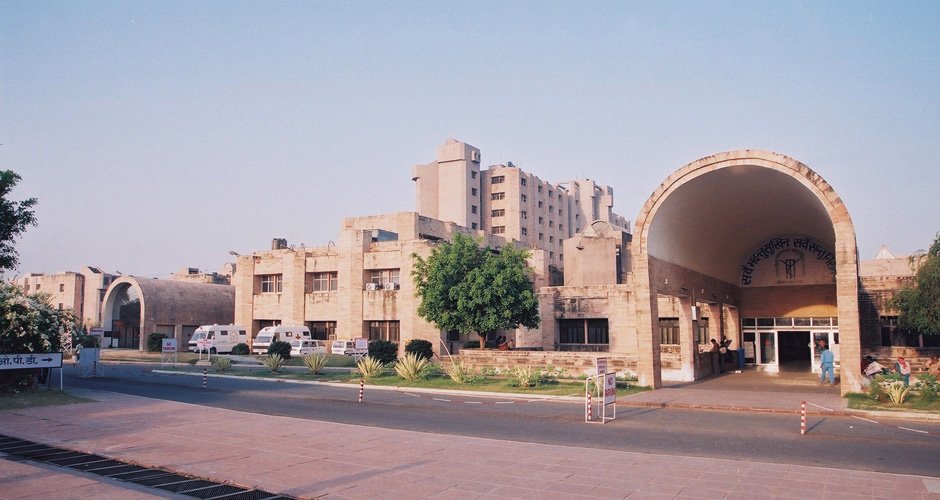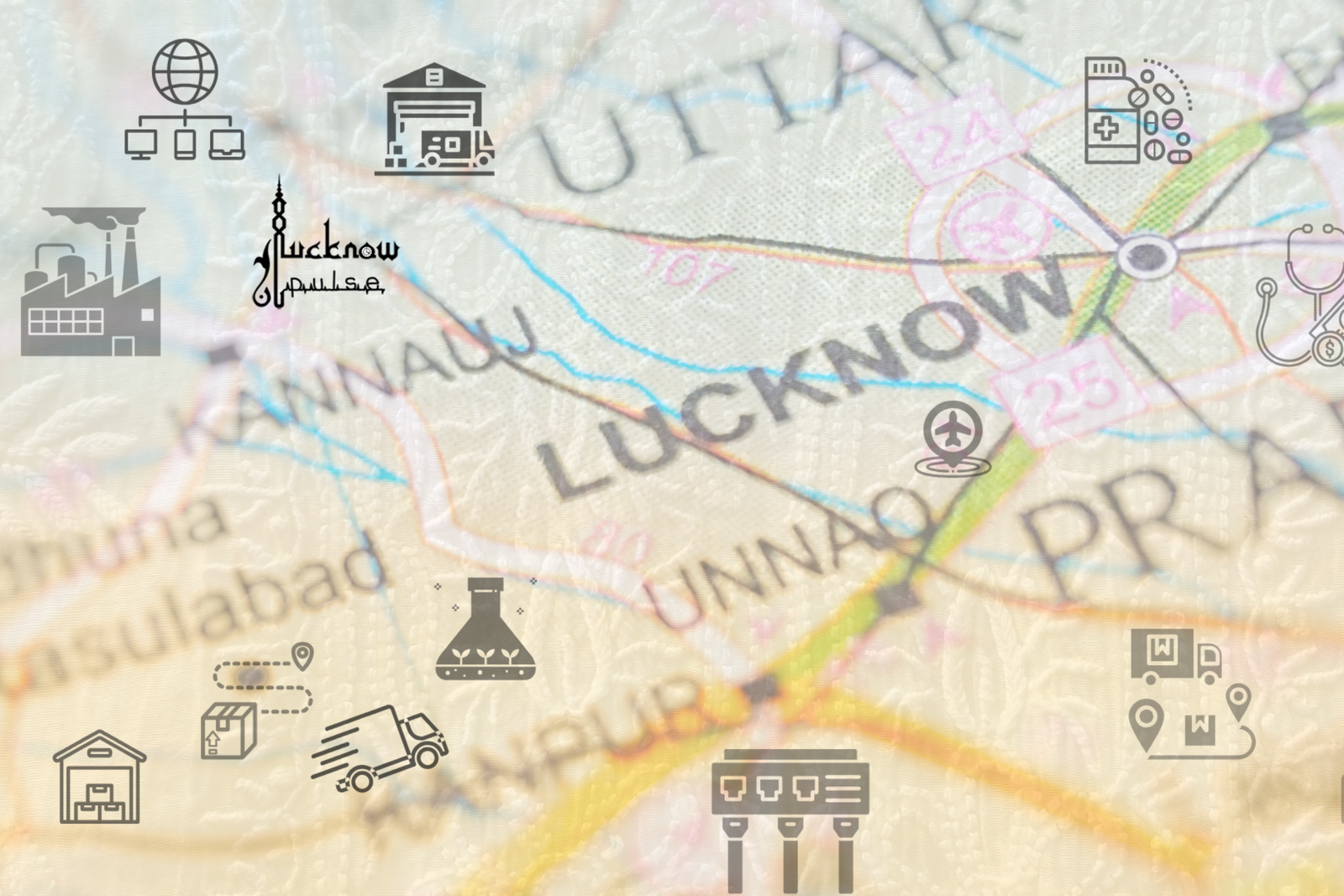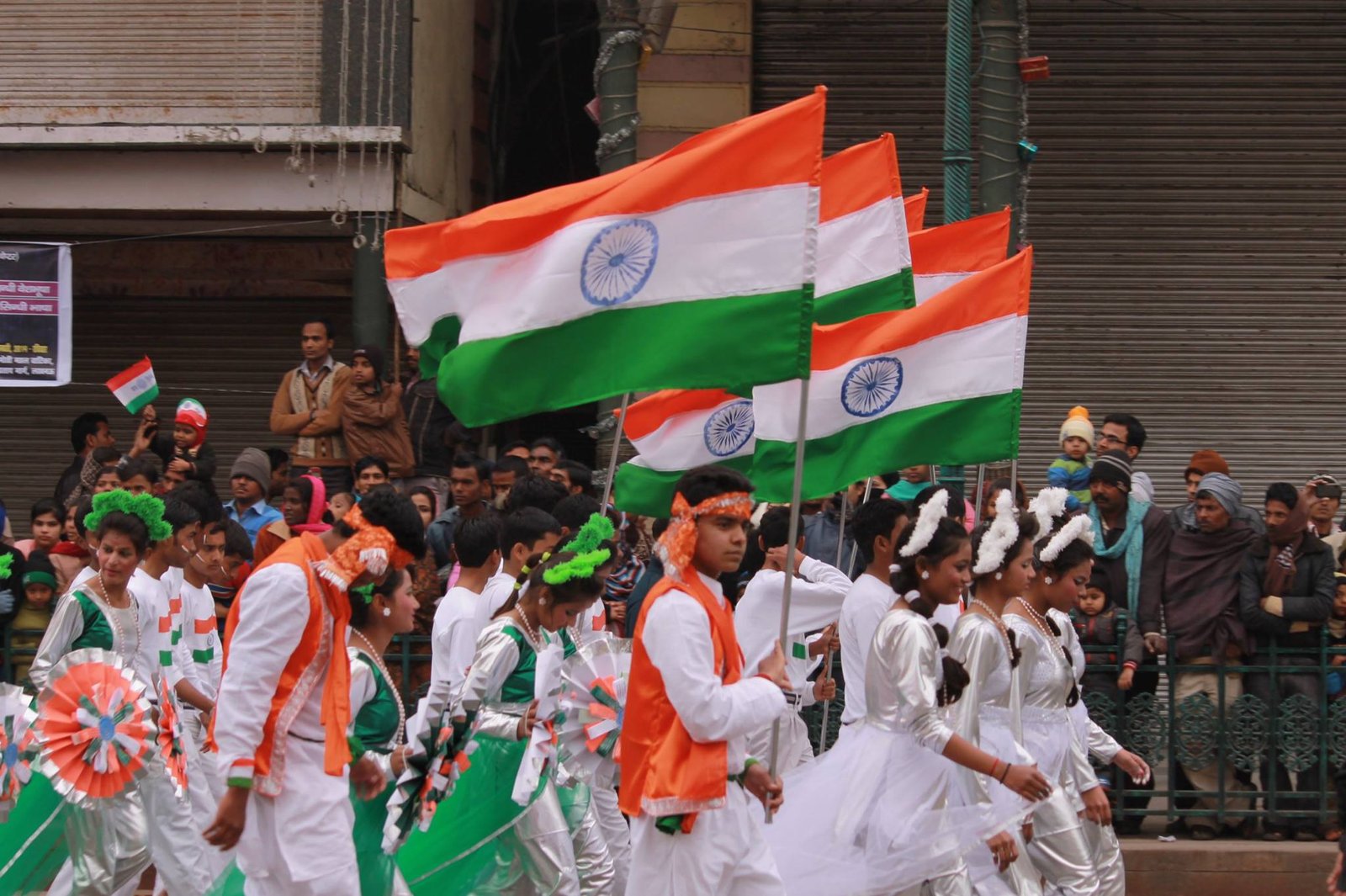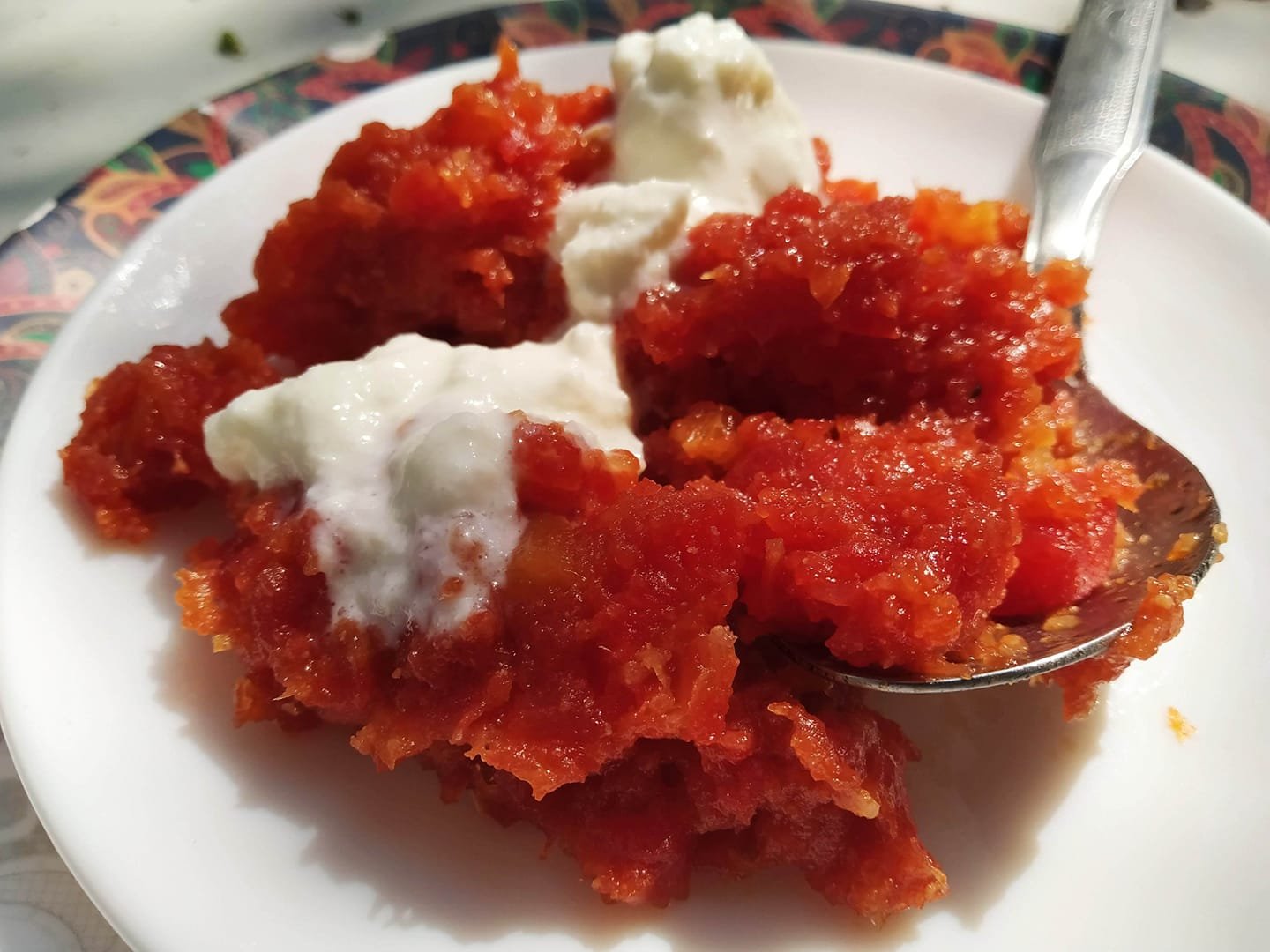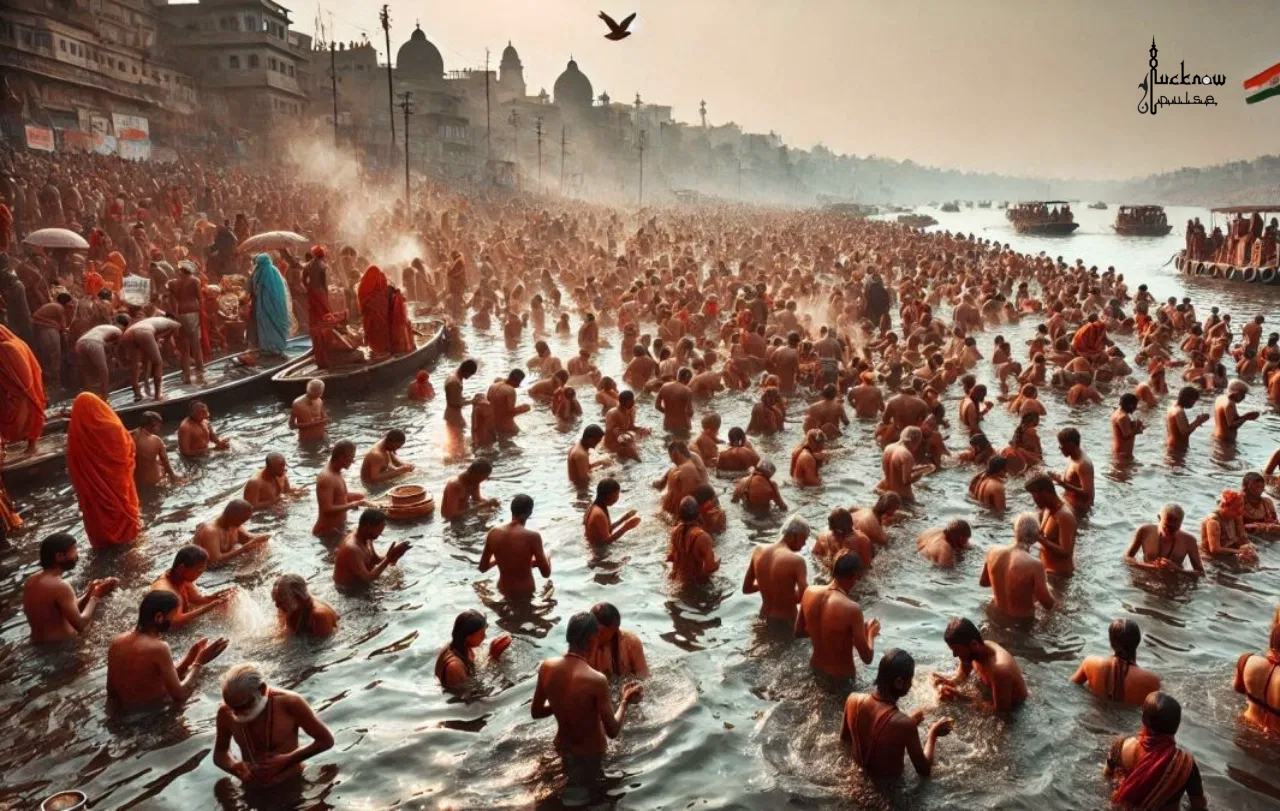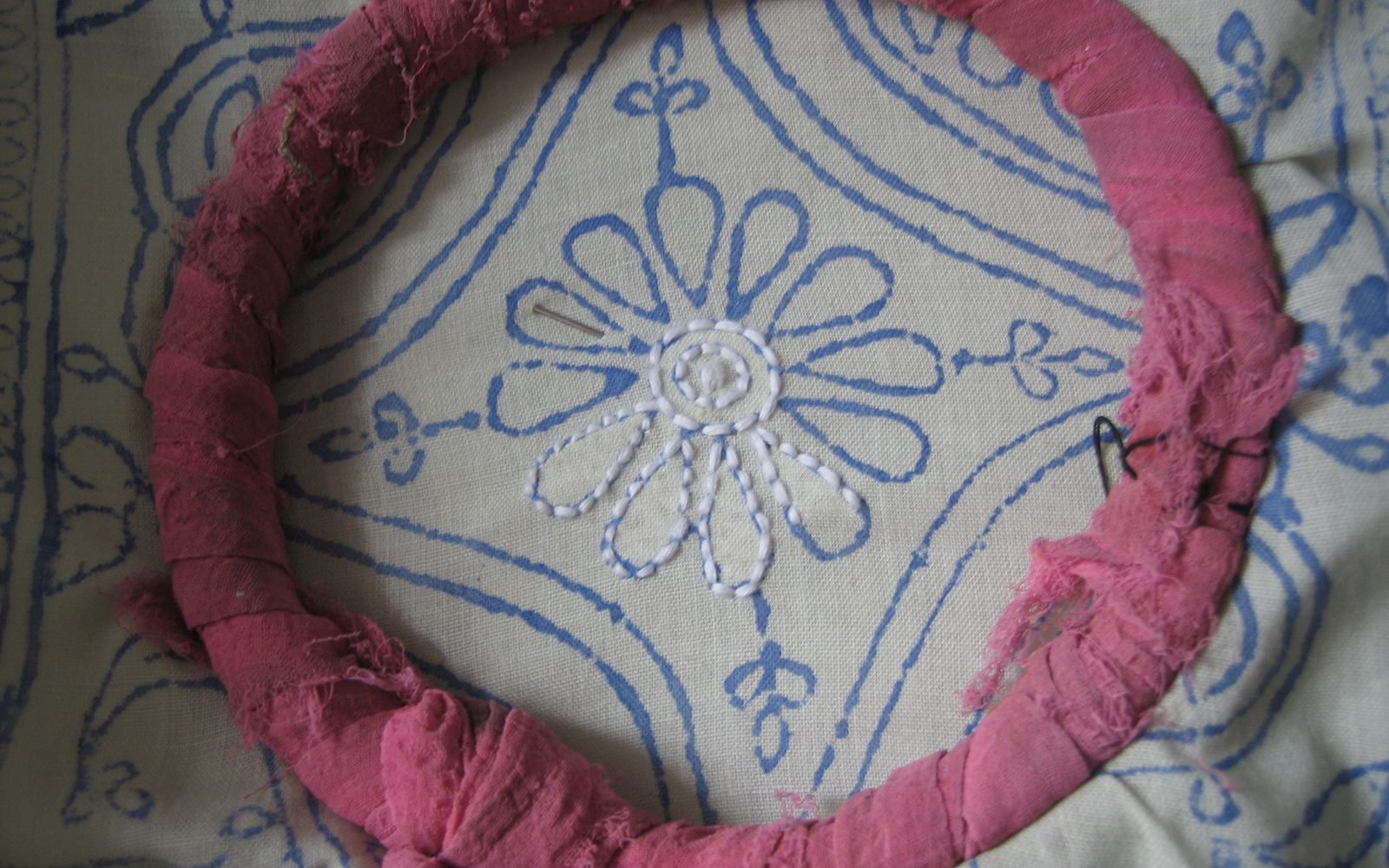
Here’s all you wanted to Know about Chikankari
Chikankari is a beautiful and intriguing art. It has a rich legacy attached to it and has been mesmerizing people all over the world for years. The more you know about this craft, the more you will be able to understand and appreciate it. Chikankari has six basic stitches and over thirty-five other stitches that are used in combination depending on the pattern and design that has to be embroidered. The main categorization has three types of vital stitches: flat, raised, embossed along with the jaali work or open work. The following is a vivid description of various types of stitches used in Chikankari:
- Tepchi: It is a flat type of stitch. Basically, it is a long running stitch, which is used to fill the outline of the motifs usually a leaf or a flower. this stitch very simple and easy and is sometimes used as a base for decorating the cloth further.
- Bakhia: It is a form of stitching which gives the impression of shadow work of the designs. It is a herringbone stitch done on both the sides of the cloth to give the look of shadow work. Bakhia stitching is of two types: Sidhi Bakhia (right side) and Ulti Bakhia (wrong side).
- Pechni: It is a variation done on Tepchi. As mentioned earlier, tepchi is sometimes used as a base for further chikanakri, and pechni is one such form of stitching that is done on tepchi. It is done on the right side of the cloth.
- Gitti: This involves forming of a circle with small hole in centre. It is a combination of a buttonhole and a long satin stitch. The stitching under gitti usually gives look of a wheel like motif.
- Zanzeera: It is a small and vastly fine chain stitch. It is done on the right side of the fabric with one thread. This style of chikankari is used to give the final outline to the designs of leaf or petal after it has been worked on or outlined before.
- Murri: It comes in the form of knotted style of chikankari. This form is used to fill the centre of the flowers in a motif. It is of rice-shaped where diagonal stitches are embroidered on a basic, already outlined, tepchi stitch.
- Phanda: It is similar to murri but is a shortened and smaller form. This is also a French knot where the stitches are small and sphere-shaped. This form of chikankari has a raised effect and is millet shaped. It is used to fill centres of flowers, petals and leaves.
- Khatao: It comes in the form similar to applique. In Khatao, small fabric pieces are joined to form a design. It is made on calico material. Muslin is not used for this form of chikankari. It gives a flat effect and is considered to be a technique rather than a form of chikankari.
- Banarsi: This style of chikankari involves twisted stitch. It is worked with six threads on the right side of the textile.
- Hool: It is a finely detached eyelet stitch. This is also done with six threads. It is embroidered to craft the centre or heart of flowers.
- Rahet: It is a stem stitch and is made on the wrong side of the material. Rahet is not done in its simplest form but is made in the double form of dohri bakhiya.
- Jaali Work: This is an exclusive style of chikankari where jaalis or trellis is crafted to give the effect of net or open mesh. Jaali work is done without cutting or drawing thread through the fabric so that both the sides of the textile look flawless. The needle used is wide and blunt.
These are few of the many stitches used in Chikankari. No matter which style of chikankari is used on the fabric, the final result is always beautiful and exquisite.
Chikan was the preferred form of styling during the Mughal era. The Nawabs not only had a liking for chikan work but also took initiatives to give impetus to this craft. The present form of chikankari has seen numerous changes, both in form and taste of the buyers. Therefore, chikankari has come a long way from being a classic done in the form of white-on white to being available in different fabrics, designs and with supplementary embellishments such as sequins, mukesh, beads, crystals, zari, zardozi, gold and silver threads and so on.
To keep up with the changing times, the chikankari of Lucknow has also donned the new, chic version. It is done on various fabrics besides muslins, which include net, silk, crepe, georgette, chiffon and so on. Moreover, the traditional chikanakri is now accompanied with the complimentary add-ons. Various national and international designers have given a complete makeover to the traditional and classic chikankari of Lucknow and have contributed in making it more stylish.
Chikan for all
Chikan is now available for all and sundry. Chikankari is done on suits, anarkali, stoles, dupatta, sarees, kurti, tops, lehanga, gharara, sharara, and even gowns. Not only on items of clothing, the embroidery is also used to beautify bed sheets, stoles, scarfs, cushion covers, curtains, table mats, table napkins, and what not.
Men may go for kurtas, shirts, sherwaani or vests with Chikankari. The craft is used for embellishing apparels as well as homes. It looks exquisite in all forms, be it on your bed sheet, cushion cover or curtains. Chikankari is an exclusive form of embroidery that has garnered a lot of attention for itself as well as for Lucknow. It has not only served as a big source of livelihood for large number for embroiderers and traders but is now looked upon as a giant, booming industry. Do not miss out on the opportunity of purchasing and wearing exceptionally beautiful chikan garments whenever you visit Lucknow.


